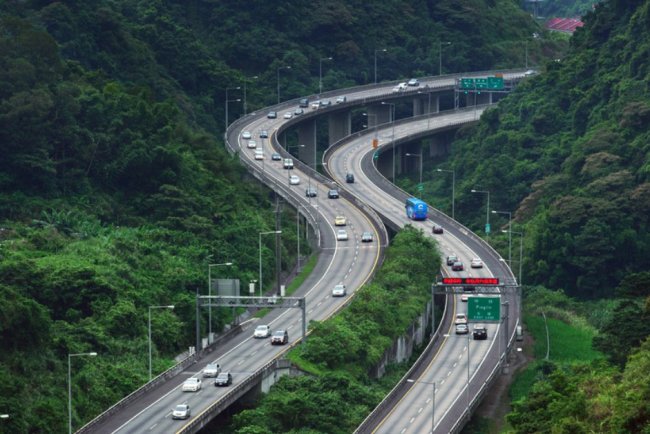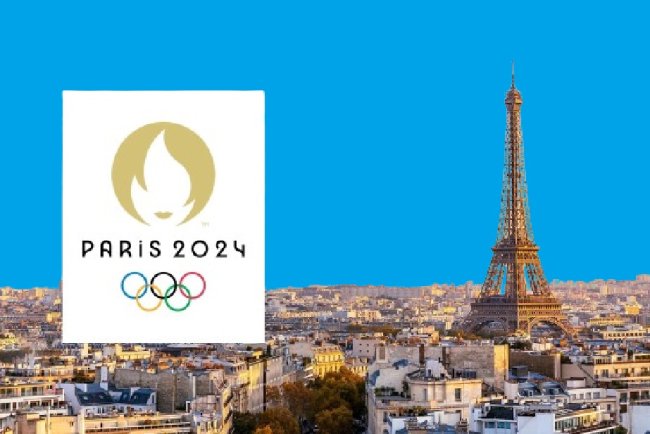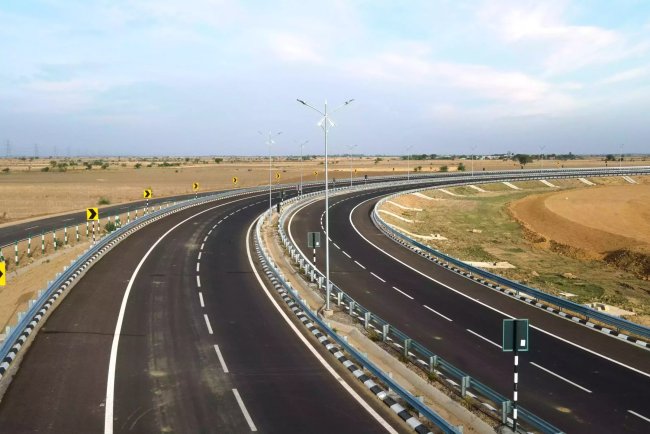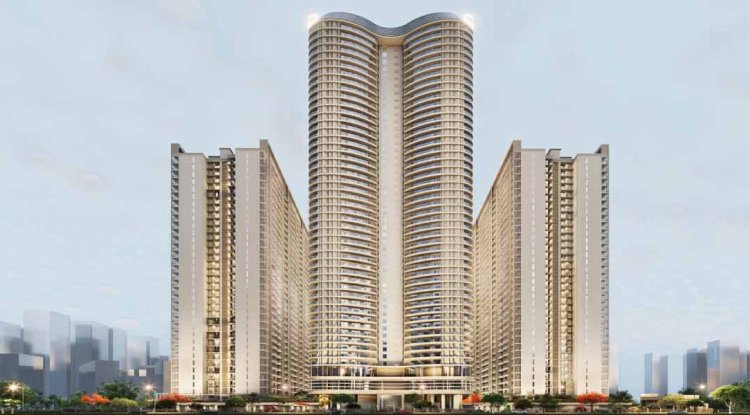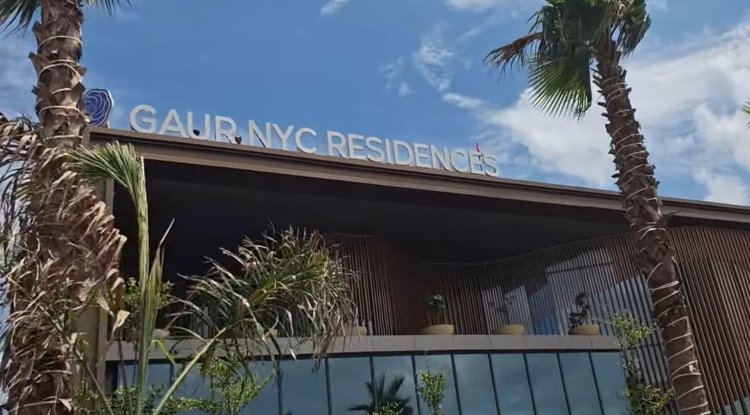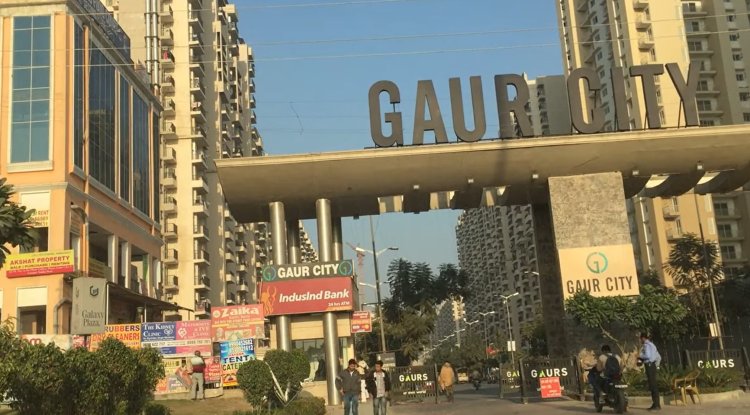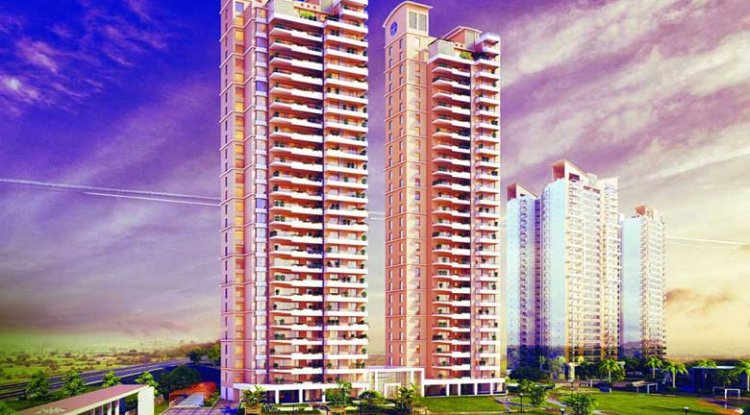Dwarka Expressway Route Map
Dwarka Expressway Route Map , Dwarka Expressway is a road project that gives immediate connectivity to Mahipalpur in Delhi towards Kherki Dhaula.
Dwarka Expressway is a road project that gives immediate connectivity to Mahipalpur in Delhi towards Kherki Dhaula. The project gives ease of connectivity from New Delhi to Haryana. The project is better developed and was scheduled for completion in December 2022. Although, the project got delayed which is a part of any projects within India. The commercial project makes it with ease of operation, superior coactivity, and a well-defined business area that can be seen all along the expressway.

The Northern Peripheral road also known as the Dwarka Expressway project is 18 km long with no traffic lights. The project was completed by 2012 although land acquisition was delayed. The project delay occurs due to various factors as lockdown, and building prohibitions. It adds to creating scope with designs that get approved and finally, the project's current length got elongated to 29 km. The remaining segment of the expressway that adds with begin development in Gurugram in November 2019 and in Delhi by September 2020. It has with 10 km-long Delhi patch that adds with extended time. The Gurugram patch is already under construction and is scheduled to operate by December 2022.
Key points that give development with the Dwarka expressway project:
Dwarka expressway is a venture by HUDA and is assigned with a major area of attention that includes the Gurugram – Manesar master plan, 2031
It is developed with a contract between Indian Railways and Haryana Urban Development Authority. The project has with kilometer area and is set aside with the construction of a railway over a bridge alongside the project and major development is by HUDA.
The project is superior to existing expressways as it gives a direct connection to Indira Gandhi International Airport and Gurugram. The project is intended for Gurugram, Delhi and it will lead to ease of traffic.
DMRC proposes a metro rail lie alongside the project. Although, it is not approved. It facilitates better metro connectivity between Delhi & Gurugram.
The Delhi-Airport tunnel expressway is a five km tunnel at IGI Airport in Delhi. It provides ease of access to T3.
Dwarka Expressway route map gives route alignment as it connects with a 29 km long Expressway.
It connects New Delhi with Mahipalpur at Shiv Murti. It is on NH-48 at 20 km point. It lets you reach IGI Airport, Dwatrka, and Bijwasa railway station with ease.
Haryana connects with New Palam Vihar in Gurugram and the inclusion of the Kherki Dhaula Toll Plaza. It links towards the Delhi-Mumbai Expressway and also connects with Southern – Peripheral road.
Current traffic towards Dwarka expressway:
Mr. Nitin Gadkari a Union minister comes with official development with groundwork on March -8, 2019. It is with construction developments that better awards and expected to begin soon with developments.
February 2021 gets half of construction work. It is by August 2021 that further routes are expected with approval. It also adds with overleaf section.
July 2022 is with the expressway getting complete by 2023.
Dwarka Expressway phases in Detail:
Shiv Murti is in the vicinity of Mahipalpur and from IGI Airport towards the Bijawasan road under-bridge.
It offers a length of 5.90 km.
The project adds with huge construction area under progress.
It adds part of upcoming West side that is with the UER II Expressway within Delhi.
Dawraka Expressway with the second package of developments:
It is with RUB towards Bijwasan’s border along with Haryana and Delhi.
It has a length area of 4.2 km.
The project status is with construction in progress.

It connects with currently under construction with the international exhibition and convention center or the ECC projects at Sector 25, Dwarka.
Dwarka expressway with 3rd phase of developments:
It gives you a border crossing at Basai rail over-bridge towards Haryana and Delhi.
The project offers a length of 10.2 km.
It gives better construction with progress.
At SPR, the Expressway adds with southern terminus. The project connects with the Peripheral road. It gives you cloverleaf with an interchange being planned that connects with NH-48.
Dwarka Expressway package 4:
It gives you the ease of access to the airport via the T3 tunnel and towards the Dwarka expressway. It offers a length of 5 km. The project is complete construction.
Also Read :
With connectivity being one of the important factors it makes Dwarka Expressway one of the hottest developments with retail, commercial, and residential projects coming up in huge numbers. It thus gives the residences by some of the prime developers coming up within the project area.


